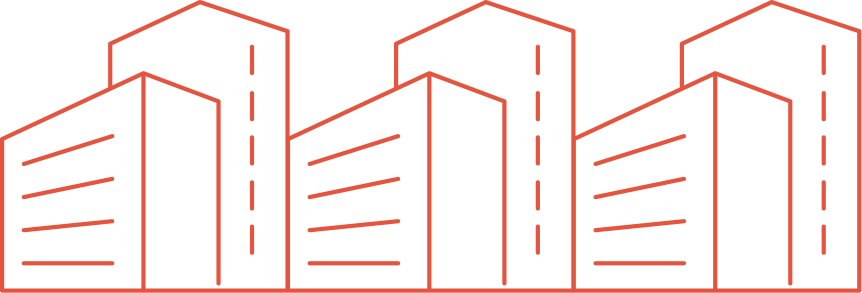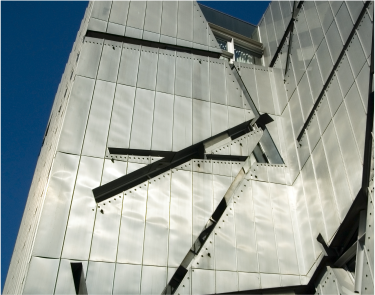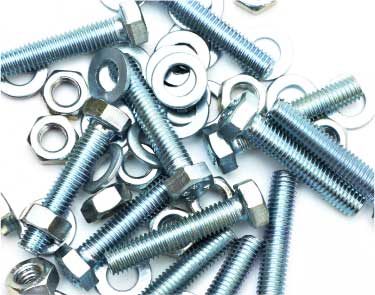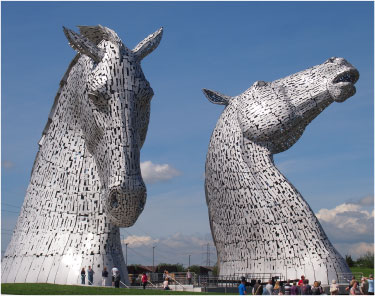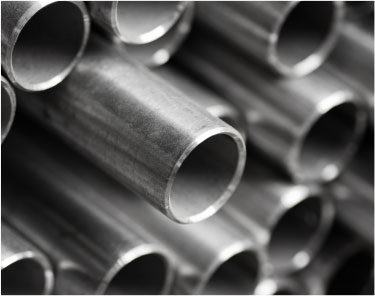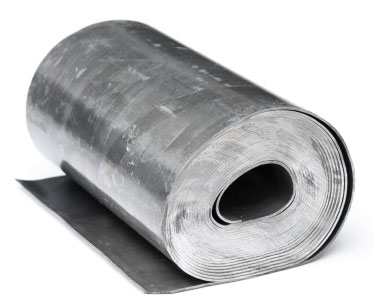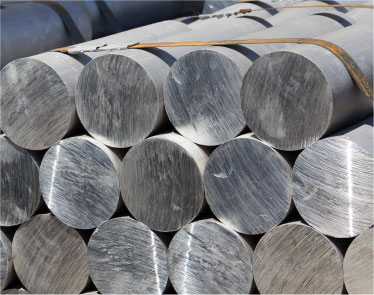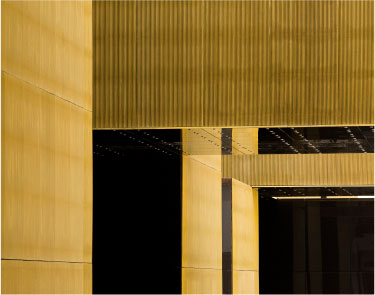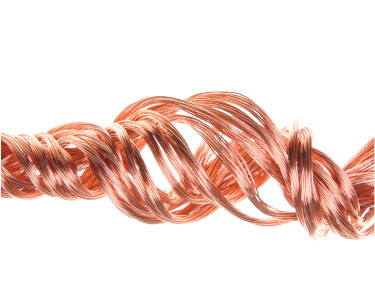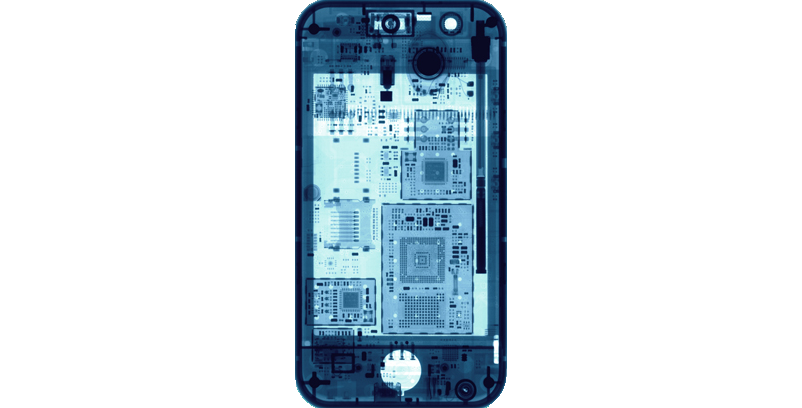Powertrains of the future
We see more hybrid, electric and fuel cell vehicles on EU roads, paving the way to common goals for a decarbonised transport system. Advanced powertrains contain even more metals.

Hybrid and electric vehicles are powered by nickel-metal hydride or lithium-ion batteries (with lead batteries providing auxiliary power). These contain a variety of metals, including aluminium, cobalt, manganese and nickel.

While a conventional car contains 15kg of copper, over 60kg is needed in electrified vehicles, due to increased electrical and wiring requirements.

Rare earth metals including dysprosium, neodymium and terbium are used essentially in permanent magnets in electrical motors.

Fuel cell vehicles depend on platinum, which is used as a catalyst to generate electricity from hydrogen.











